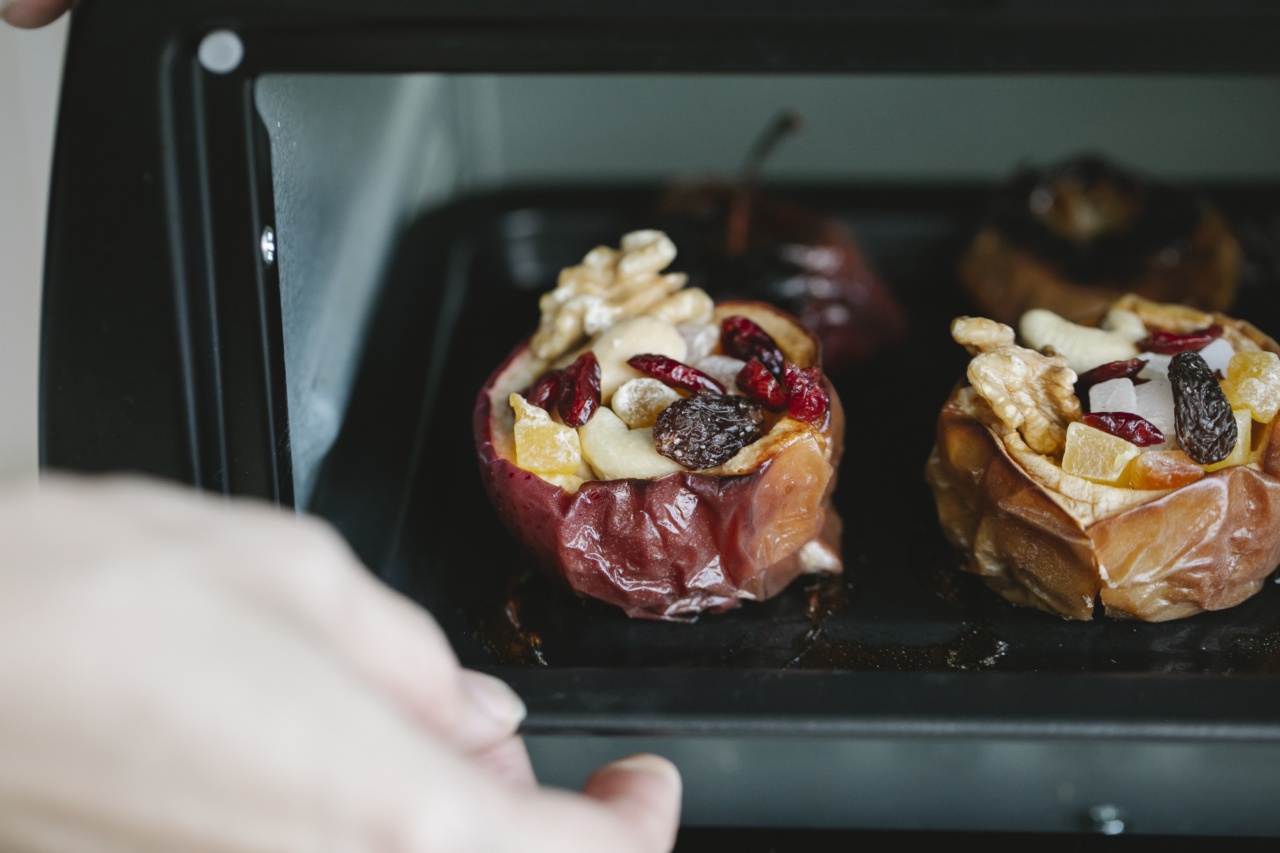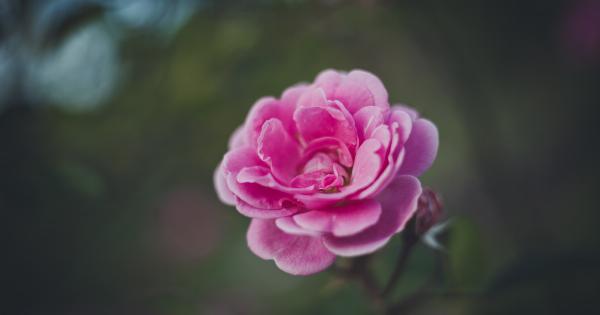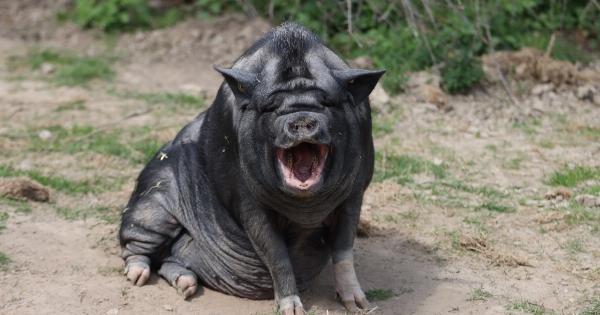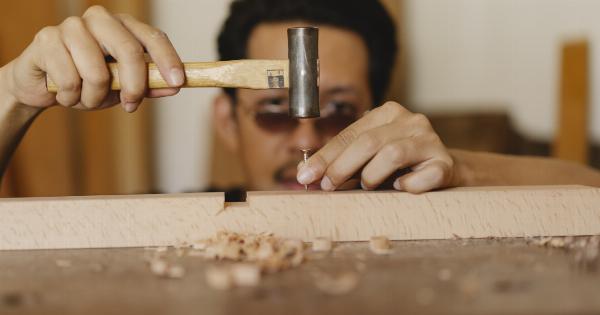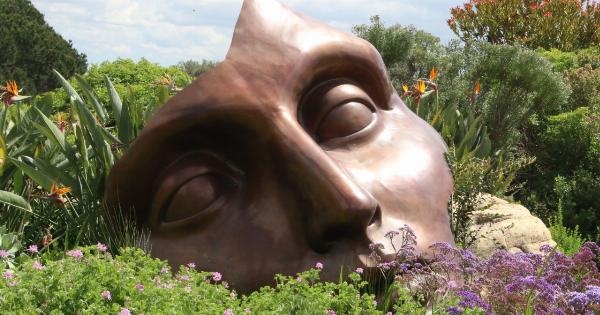Do you love experiencing new and captivating scents, or a fan of finding ways to freshen up your home? Maybe you’re a scent enthusiast who enjoys the benefits of essential oils and aromatherapy.
Whatever your reason may be, there’s one trick you’re most likely missing out on – scent layering.
This technique involves combining multiple fragrances to create a unique and long-lasting scent that lingers in the air and on everything it touches. In this article, we’ll discuss how to master the art of scent layering and create your own signature scent.
What is Scent Layering?
If you’re unfamiliar with scent layering, it’s the process of combining multiple fragrances to create a unique scent that’s greater than the sum of its parts.
It’s like creating a perfume blend that’s personalized to your taste and preferences.
Scent layering can be done with essential oils, fragrances, candles, diffusers, and even cleaning products.
It’s a great way to personalize your home, office, or car with scents that reflect your personality and bring joy and relaxation to your space.
How to Layer Scents Like a Pro
Now that you know what scent layering is, let’s discuss how to layer scents like a pro:.
Start With a Base Scent
The first step is to choose a base scent. This will be the dominant scent in your mix, and it should be a fragrance that you love and want to smell more of. Some popular base scents include vanilla, lavender, and sandalwood.
Add a Middle Note
Next, you’ll want to add a middle note that supports and complements your base scent. Middle notes are fragrances that are more subtle and act as a bridge between the base and top notes. Common middle notes include jasmine, ylang-ylang, and rose.
Top it Off With a Top Note
Finally, you’ll want to add a top note that adds a fresh and uplifting touch to your mix. Top notes are the fragrances that you smell first and evaporate the fastest. Some popular top notes include citrus, peppermint, and eucalyptus.
Examples of Scent Combinations
Now that you know how to layer scents, here are some examples of scent combinations you can try:.
Serenity Blend
Base note: lavender.
Middle note: vanilla.
Top note: bergamot.
Citrus Delight
Base note: lemon.
Middle note: lemongrass.
Top note: grapefruit.
Tropical Escape
Base note: coconut.
Middle note: pineapple.
Top note: mango.
Scent Layering Tips
Here are some tips to help you master the art of scent layering:.
Start with a Clean Slate
Before layering scents, make sure your space is clean and free of any lingering odors. This will ensure that your scent mix is as pure and effective as possible.
Don’t Overdo It
While the idea of combining multiple scents may sound exciting, it’s important not to overdo it. Stick to two or three fragrances at most to avoid creating overwhelming or conflicting scents.
Layer in the Right Order
Remember to layer your fragrances in the right order. Start with your base note, followed by your middle note, and finish with your top note.
Consider the Mood
Think about the mood or atmosphere you want to create when selecting scents. For example, lavender and vanilla are great for relaxation, while peppermint and eucalyptus are perfect for an energized and invigorated feel.
Experiment With Ratios
Don’t be afraid to experiment with different ratios of fragrances to find the perfect blend for you. You may find that you prefer a stronger base scent or a lighter top note.
Final Thoughts
Scent layering is an easy and fun way to add a personalized touch to your space and enhance your mood and well-being. With the right scents and a little bit of experimentation, you can create a signature scent that you’ll love.
